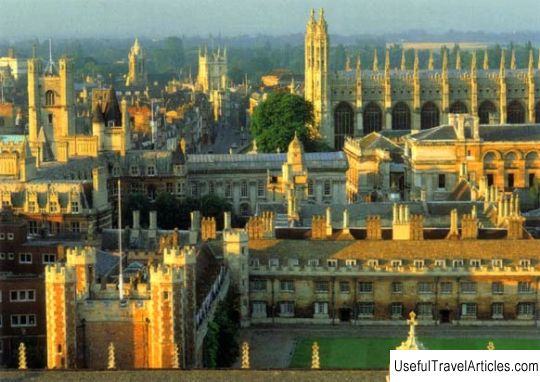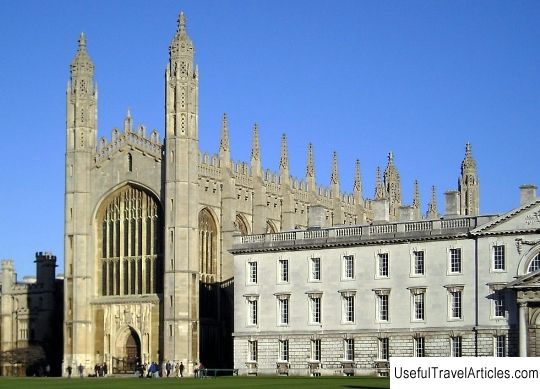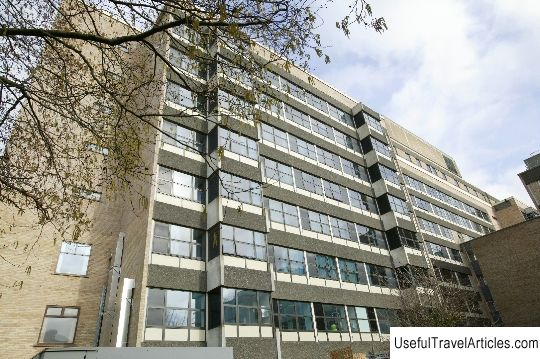Cambridge University description and photos - UK: Cambridge
Rating: 9,3/10 (5869 votes) 
Cambridge University description and photos - UK: Cambridge. Detailed information about the attraction. Description, photographs and a map showing the nearest significant objects. The title in English is Cambridge University. Photo and descriptionThe University of Cambridge (or simply Cambridge) is the second oldest university in the UK and in the English-speaking world, the seventh oldest in the world. The university was founded in 1209 by a group of students and teachers from Oxford, who had to leave the city due to a conflict with local residents. The two oldest universities in England have a lot in common, but much of the history of these educational institutions is the history of their centuries-old rivalry. The university's status was confirmed in 1231 by decree of King Henry III, and the papal bulls of 1233, 1290 and 1318 secured Cambridge the right to “teach throughout Christendom” and made it an international center of education. Not a single college has survived from those that were founded at the very beginning, and the oldest of the existing ones, Peterhouse, was founded in 1284 by Archbishop Hugh Balsham. From the 13th to the 16th century, 16 more colleges were founded, followed by a break of more than 200 years, when no new colleges appeared. In the 19th century, 6 of them appeared, and in the 20th, 9. During the Reformation, by the decree of King Henry VIII, the faculty of church law in Cambridge was abolished and the teaching of scholasticism was stopped. This had a significant impact on the further development of the university - already in 1520 the spirit of Lutheranism and Protestantism was present in scientific disputes and lectures. And a century later, when many begin to see more and more similarities with Catholicism in the Anglican Church, it is Cambridge that becomes the birthplace of such a movement as Puritanism. Like many universities, Cambridge began teaching women only in the middle of the 19th century. Several colleges for women were opened, and in the second half of the 20th century, all male colleges gradually switched to blended education, but now Cambridge remains the only university in the United Kingdom that has preserved colleges that only accept female students and graduate students. The university consists of 31 colleges, which mainly provide educational activities for students. The university conducts lectures, awards degrees, it owns research centers, laboratories, the Central Library, where a significant part of the books are freely available, which distinguishes it from the British or Bodleian Libraries. Moreover, each college has its own library, which mainly meets the needs of students. Trinity College's library has over 200,000 books printed before 1800, and Corpus Christi College boasts Europe's richest collection of medieval manuscripts (over 600). In total, the university has more than 100 libraries. Colleges provide a unique teaching system known as "supervision" (Oxford calls this system "tutoring"). Some colleges specialize in specific areas of science, but most provide a universal education. The Chancellor is at the head of the university - until the summer of 2011, the Duke of Edinburgh himself held this honorary position. The vice-chancellor is in charge of almost all of the administration. There are many student societies at the university, and, by tradition, a lot of attention is paid to sports - cricket, rugby and, of course, the famous eights race.      We also recommend reading Orphan Institute description and photo - Russia - Leningrad region: Gatchina Topic: Cambridge University description and photos - UK: Cambridge. |




